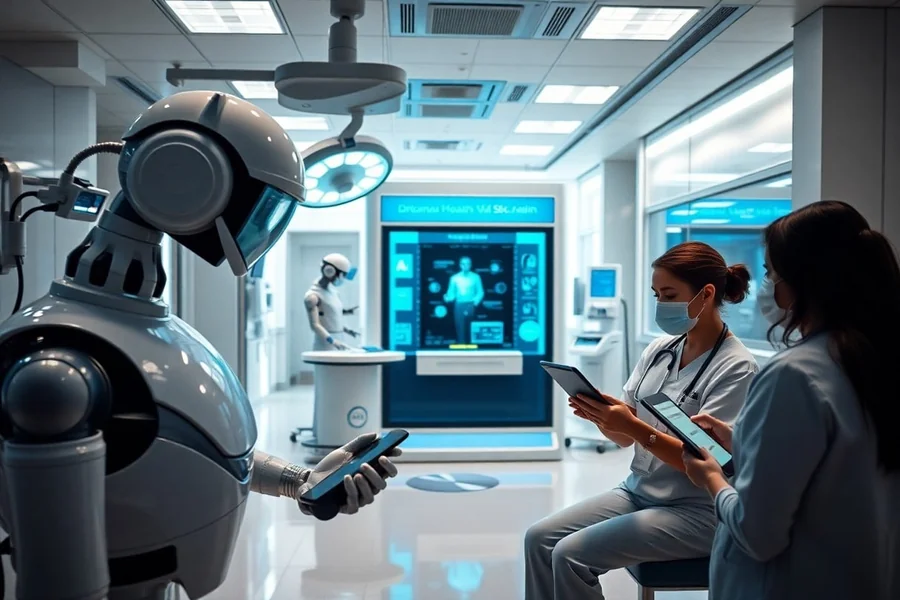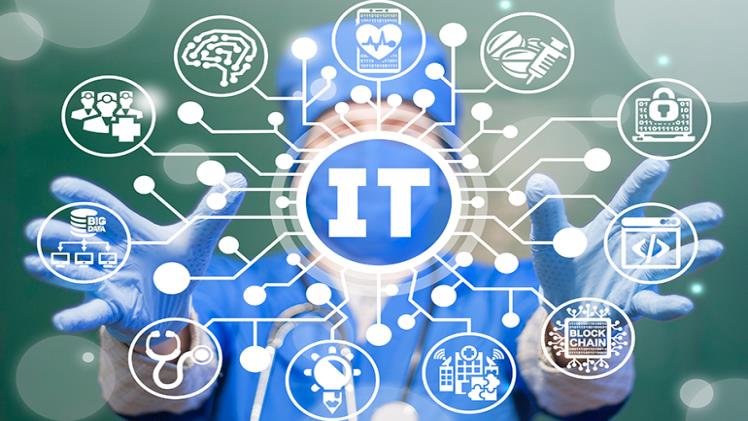In healthcare, precision is everything — not just in treatment, but in documentation. The process of translating a patient’s diagnosis, procedures, and services into universal medical codes is known as medical coding. It’s essential for billing, record-keeping, insurance claims, and regulatory compliance. But traditional coding methods, often manual and time-consuming, are being rapidly transformed by a new solution: autonomous medical coding.
Autonomous medical coding uses artificial intelligence and machine learning to analyze clinical documentation and assign codes automatically. It’s a significant shift that’s changing how healthcare organizations operate behind the scenes, improving efficiency, accuracy, and even patient outcomes.
What Is Autonomous Medical Coding?
At its core, autonomous medical coding refers to the use of intelligent systems that can read and interpret clinical notes, recognize relevant data points, and apply the correct diagnostic and procedural codes — all with little or no human intervention.
Unlike traditional methods that require human coders to manually review charts and select codes, autonomous systems rely on algorithms trained on vast datasets to perform this task in real time. These systems analyze everything from structured data (like lab results) to unstructured text (like doctor’s notes) and generate codes based on guidelines like ICD-10, CPT, and HCPCS.
It’s not just automation — it’s intelligent automation with the ability to learn and adapt.
Why Accurate Coding Is So Important
Medical coding isn’t just administrative busywork. It directly impacts:
- Billing and Revenue: Incorrect or incomplete codes can lead to claim denials, underpayments, or audits.
- Compliance: Accurate coding ensures alignment with federal regulations and payer policies.
- Patient Records: Coding is used in risk adjustment, outcomes tracking, and quality assessments.
- Analytics and Research: Data from coded records supports public health initiatives and operational planning.
With so much riding on getting it right, the pressure on coders — and the room for human error — is immense.
Benefits of Autonomous Medical Coding
1. Increased Efficiency
One of the most immediate advantages of autonomous medical coding is speed. What might take a human coder hours to complete can often be done in minutes — or even seconds — by a machine. This accelerates the revenue cycle, reduces backlogs, and frees up human staff to focus on more complex or exception-based cases.
For high-volume healthcare organizations, these time savings add up quickly.
2. Improved Accuracy
Errors in medical coding are costly. Autonomous systems, especially those trained on large, diverse datasets, can identify patterns and flag inconsistencies better than manual methods. Over time, these systems can improve their precision, reducing the risk of miscoding or omissions.
This not only improves reimbursement accuracy but also supports better compliance and fewer audit headaches.
3. Consistency Across the Board
Humans bring interpretation and judgment to the coding process — sometimes to a fault. Two coders might handle the same documentation differently. Autonomous medical coding eliminates this variability by applying standardized logic consistently.
For organizations with multiple facilities or coders, this can dramatically improve reporting integrity and quality benchmarks.
4. Scalability
As patient volumes rise, especially during seasonal surges or public health emergencies, autonomous systems can scale without burnout or hiring delays. The system doesn’t get tired, distracted, or overwhelmed — and that kind of reliability is invaluable when speed and accuracy are both critical.
5. Support for Clinical Decision-Making
While autonomous medical coding is primarily a back-office function, its impact can ripple forward into clinical care. By making coded data available faster, it supports real-time analytics, performance metrics, and quality initiatives. Accurate, up-to-date data can also support population health management and care coordination efforts.
Challenges and Considerations
As promising as autonomous medical coding is, it’s not without its challenges.
- Initial Setup and Integration: Implementing autonomous coding systems requires time, resources, and thorough training. It needs to integrate smoothly with electronic health record (EHR) systems and existing workflows.
- Data Quality: The system is only as good as the documentation it reads. If provider notes are vague or inconsistent, even the best AI can struggle.
- Oversight and Auditing: Despite its accuracy, autonomous coding should still be audited regularly. Human oversight ensures that errors or biases in the algorithm don’t go unchecked.
- Regulatory Compliance: Systems must be regularly updated to reflect changes in coding guidelines, reimbursement rules, and legal requirements.
The Future of Medical Coding
The shift to autonomous medical coding isn’t about replacing human coders — it’s about augmenting their capabilities. In the future, coders will likely take on more of an auditor or reviewer role, focusing on complex or high-risk cases while automated systems handle routine tasks.
This hybrid model — where human expertise and AI efficiency work hand in hand — could represent the ideal balance of speed, accuracy, and judgment.
As AI continues to evolve, we may also see predictive coding models that anticipate future billing issues or suggest documentation improvements in real time. The end goal isn’t just smoother operations — it’s a smarter, more responsive healthcare system.
Final Thoughts
The rise of autonomous medical coding is reshaping the foundation of healthcare administration. What used to be a slow, manual process is becoming faster, more accurate, and more intelligent. While implementation takes effort and oversight, the long-term gains in efficiency, consistency, and compliance make it a powerful asset for any healthcare organization.
In a field where every second and every detail matters, getting coding right — and doing it faster — is a step toward a more effective and sustainable healthcare system.





